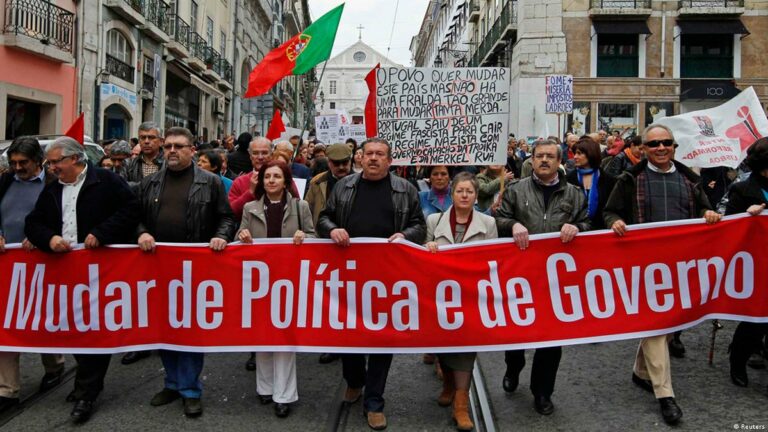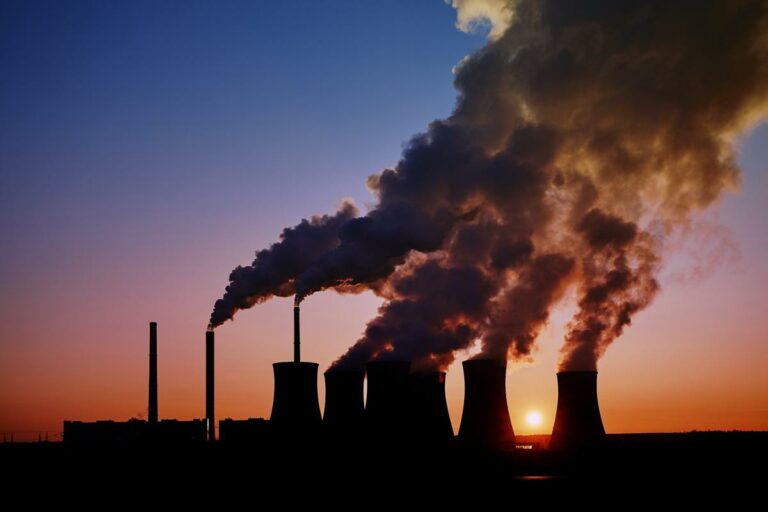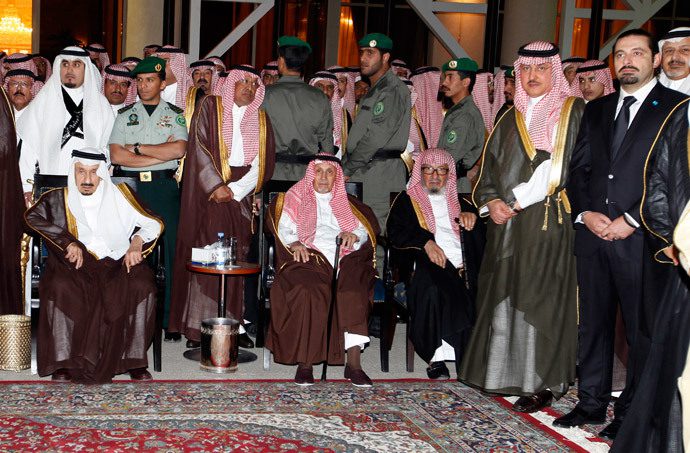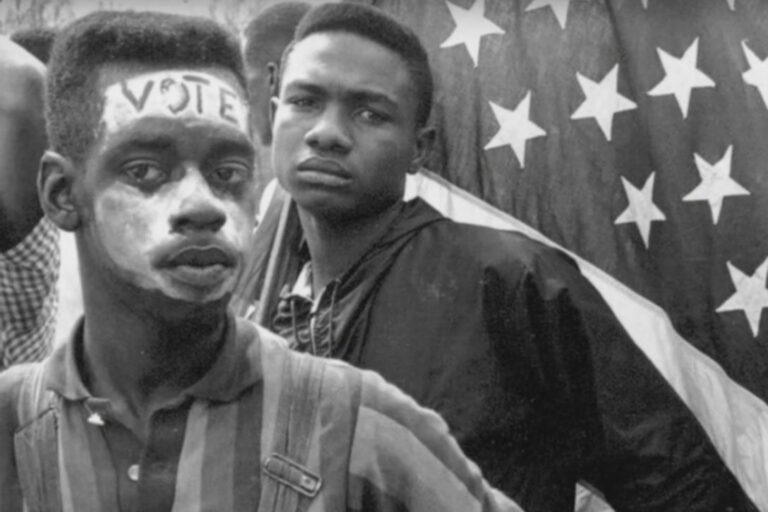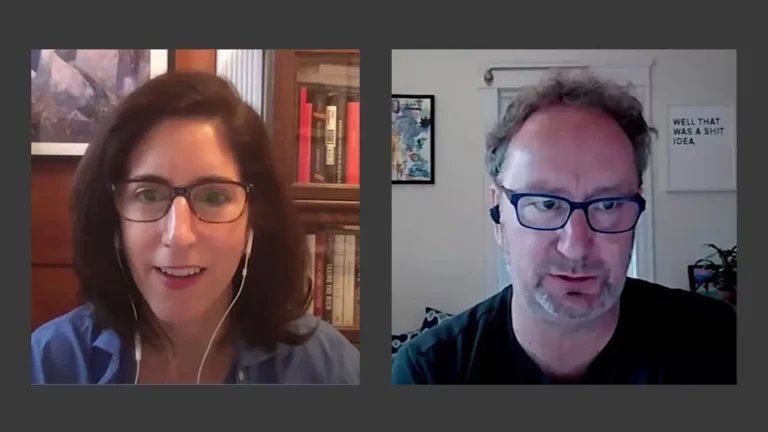A Strategy of War Crimes, Killing Civilians to Win a War – Daniel Ellsberg on RAI Pt 10/13
General Curtis LeMay, who directed the firebombing and nuclear attacks on Japan said, “War is killing people, when you kill enough of them, the other guy quits” – quotes Daniel Ellsberg on Reality Asserts Itself with Paul Jay. This is an episode of Reality Asserts Itself, produced November 21, 2018, with Paul Jay.
STORY TRANSCRIPT
PAUL JAY: Welcome back to Reality Asserts Itself on The Real News Network. We’re continuing our discussions with nuclear war planner—or at least he was—Daniel Ellsberg, who says the insanity of the ‘50s and ‘60s is not over. Thanks for joining us again, Daniel.
DANIEL ELLSBERG: How could these planners have come up with plans that they envisioned would kill hundreds of millions, even 600 million people, aside from the Soviet response, which would be comparable? And the answer, actually, I discovered by looking at the earlier war plans, was that the numbers of people expected to be killed rose from a few million—in a world which was just after World War II, that had seen 60 million people killed altogether. But something over a million, the civilians killed by American airpower—civilians—perhaps 600,000 in Germany, and 900,000 by incendiaries in Japan under generals LeMay and Power, and then 300,000 or so in Hiroshima and Nagasaki, so for a total of under something like 2 million. Well, with atomic bombs on cities, the prospects in the early plans I found were for several million, up to perhaps 10 million, 15 million. Horrific figures, but still within the level of what the world had recently experienced by our own actions and had come to accept as having been necessary, which was wrong. Having been justified, they thought, by the threat of Hitler, but of having been justified by their effect on the war.
That was wrong. It was ground troops, actually Russian in particular, but also American in Western Europe which had determined the war; and naval power in blockading in the Pacific, actually. The killing of civilians had not even shortened the war at that point, but they’d come to be regarded as having been acceptable in this war against Nazism and Japanese fascism, and now communism; foresaw that as being a comparable threat and a comparable evil power, it was understood.
OK. Then, suddenly, the casualties become 150 million, 200 million, 300 million. How could that be? Because, I discovered secretly, without the public hardly being aware and people in the government hardly being aware, the A-bombs of Hiroshima and the late ‘40s and even ‘50s had become replaced by H–bombs.
Now, I found that most Americans to this day don’t really know the difference between an A and an H-bomb, except a sense that one of them is larger, and it’s the H bomb. And that’s true, but they don’t have really a sense of what difference it makes. For example, in that context, India and Pakistan so far have only A-bombs, like North Korea. With testing, all three of them—continued testing—would quickly get H-bombs. And the difference that would make is this: the hydrogen bomb, the H-bomb or fusion bomb, which fuses light isotopes of hydrogen to release energy, releases a thousand times more explosive power than the A-bombs and Hiroshima and Nagasaki. If you look at the picture of Nagasaki destroyed by a bomb 20,000 tons equivalent, or a thousand times the blockbusters of World War II, 20,000 tons of TNT, you’re looking at what happens to a city when it’s hit by the detonator, or the percussion cap, of an H-bomb, which constitutes our modern strategic weapons. That is, in the ‘60s, was often on the order of 20 million tons, our largest bombs, of which we had hundreds, were on the order of 20 to 24 megatons, or million tons. A thousand Nagasaki’s.
Now, most of the bombs were smaller than that, although the first one exploded was 15 million tons equivalent, or 1000 times Hiroshima. But most of the bombs were smaller. And now with nuclear missiles and smaller warheads, with a number of warheads on a submarine missile, a single missile, for example, they’re smaller, but create even more devastation than a single large one because several smaller ones from a Trident submarine actually on the surface kill more people than one large thermonuclear weapon, which sends a lot of its energy up into the atmosphere instead of killing people.
A colleague of mine at Rand who developed a very small H-bomb, the neutron bomb—Sam Cohen, known as the father of the neutron bomb, as Teller was the father of the H-bomb and Oppenheimer was the father of the A-bomb. There’s a paternity competition going on among the nuclear scientists. Cohen believed that smaller weapons, like those that are in the budget now under Trump, were more usable and didn’t kill as many people, obviously, as a large one, and you could use them like artillery he thought that would be good. I thought it would be very bad. When he asked for my opinion of it at Rand as a colleague at the time, I said, this is the most dangerous weapon in the world, Sam. It’s the match that will set off a nuclear war. The Russians, you use it against them—at the moment they don’t have even neutron bombs. And even if they did, would they respond only with neutron bombs? No, you’re escalating here. They will blow up the world. And by using a weapon like the ones in our budget now for very small-yield weapons that seem more humane, more usable, you are detonating a nuclear [warhead] just as the Nagasaki bomb detonates an H-bomb, essentially.
Anyway, Cohen once was present when LeMay was asked by the head of research and development in the Air Force, what’s your requirement for the largest bomb you need? Do you need 20 megatons? Do you need something larger? By the way, the father of the H-bomb, Teller, at UC Livermore Lab, was in favor of gigaton bombs. In other words, a thousand megatons. A thousand megatons. Very much in favor. And even larger. Well, anyway, LeMay’s answer was one bomb for Russia. One bomb will do it, destroy the—couldn’t be too large an effect. And then, when there was some unease about this in the room, LeMay took Sam to the next room, actually, talking to about various things, and said, this is the man who ordered the fight against Tokyo with incendiaries which killed 100,000 people—80 to 120,000 people—in one night, led by General Power, his successor at SAC. So LeMay said to Sam, Sam, war is killing people. When you kill enough of them, the other guy quits.
And that had been his experience, supposedly, in World War II. He had proceeded after that to try to do the same thing, causing a firestorm as in Tokyo in every one of the other cities of Japan; 64 in turn. Now, we need to talk about a firestorm. I’ll come to that. But at any rate, he didn’t get firestorms in the others—with incendiaries it took special weather and wind conditions. Fission bombs give you a firestorm every time, and I’ll explain that, as in Hiroshima and Nagasaki. Anyway, the idea was, then, war is killing people. And that’s why we hit all the cities, in order to win the war.
No one had asked the question for 40 years into the nuclear era, what is the effect of burning these cities on the environment altogether? You lose, obviously, the society, with—not with one city, or perhaps two or three cities. But with 5, 10, 20, we’re talking hundreds and hundreds of cities. In each case, what effect does that have on global climate? Nobody had asked, because they couldn’t see any coupling of that with the climate. Specifically, they didn’t ask what happens to smoke from the burning cities.
What suggested that they do look into that was the discovery by Louis Alvarez, who had worked on the detonating system for the Nagasaki weapon, who I knew from a workshop in the DoD. He and his son Walter Alvarez developed the theory—now quite well confirmed—that the dinosaurs had been wiped out 65 million years ago from an asteroid hitting the Earth which had put so much dust and smoke—dust, primarily, but also created enormous fires—into the atmosphere that the vegetation had been killed off, killing not only the dinosaurs who had been around for millions of years, but essentially every animal larger than a squirrel were all made extinct. That’s why we’re here, by the way. We were allowed to evolve because of the disappearance, the opening up of all these niches. People that we evolved into were not being eaten by predators, and so on. So, good effect. Bad for the dinosaurs, but good for humans over the years. [Sarel], Sagan, and some others; [Turco], [Toun], various—about seven or eight scientists went to work to say what happens to the smoke if it’s lofted into the stratosphere as it would be by a firestorm.
Now, a firestorm is caused by nuclear weapons. It’s not an ordinary fire, even a large-scale one. It’s a fire that burns with so much flammable material in a small space, and with enough space, that it creates a very strong updraft, bringing in winds from the outside into this lower density, lower pressure, creating its own climate, in effect, and acting like a bellows on this fire. So it raises that, as in Tokyo, or Dresden, or Hamburg earlier, to intense degrees; 1500, 1700 degrees Fahrenheit. Burning everything in the vicinity, causing asphalt to burn, metal to melt. Taking all the oxygen out of shelters. That’s what happened to Dresden and Hamburg. In Kurt Vonnegut’s Catch 22, he describes coming out of … I said Catch 22. I meant Slaughterhouse Five. He had been in a slaughterhouse as a prisoner of war in Dresden, when was burning above him. So he was protected by being in this underground. When he and his fellows came out of that, they found a city of total death, devastation of Dresden, this was in, I think, February of 1945, where the people in the shelters were like gingerbread men. He said they had been desiccated by the heat and asphyxiated by the loss of all oxygen from the air.
Shortly after that, LeMay created a firestorm in Tokyo, where people fleeing the shelters where they were suffocating, going into the streets, where many of them were caught in asphalt that was melted and burned like torches in the street. With hurricane winds coming in which snatched—it sounds as though I’m dwelling on details, but actually this is the nature of what happened on a vast scale. Babies were snatched from mothers’ arms into the fire by these winds. They went to the canals which crisscrossed Tokyo, like Venice, to escape the heat, but the canals were boiling. So tens of thousands boiled to death. The pilots under General Power, and over them LeMay, who came into this at low altitude for a variety—mainly to have a higher bomb load of incendiaries, which effected this firestorm—were buffeted by the winds, thrown up hundreds of yards the air by the hurricane winds that were coming. But also, even when they were down at a low altitude, 3000 feet or lower, had to put on their oxygen masks, because they were vomiting from the smell of burning flesh beneath them. And this sickly sweet smell was nauseating them, and they had to put on … they all reported this.
This was reported as a tremendous triumph, reported by LeMay, as bigger than any fire in history; which it was, and he lists all the fires that this was bigger then. And this is before he became head of Strategic Air Command. The point is, he was never able to get a firestorm going again as had happened in Dresden, in Hamburg, in Japan. There were actually a couple small ones that contained—but couldn’t get it.
So the damage to humans before Hiroshima was what McNamara described was only 900,000. When he learned that in, as he reports in the film Fog of War, he said, I thought it was much more than that. We killed 100,000 in Tokyo alone. He had been a staff officer under LeMay at that time. And what he apparently hadn’t appreciated in the history, learning of it, was Tokyo there was a firestorm showing the, you know, intense heat, and not in the others. Not in the others. So they weren’t able to get it.
But with Hiroshima and Nagasaki—and by the way, McNamara said in that LeMay said at the time had we lost the war, you and I would have been tried as war criminals. And McNamara said, and that’s right. By any previous standards, it was a crime. And he said he had found nuclear weapons totally unnecessary, because what we’ve done already without using nuclear weapons already criminal.
Podcast: Play in new window | Download

